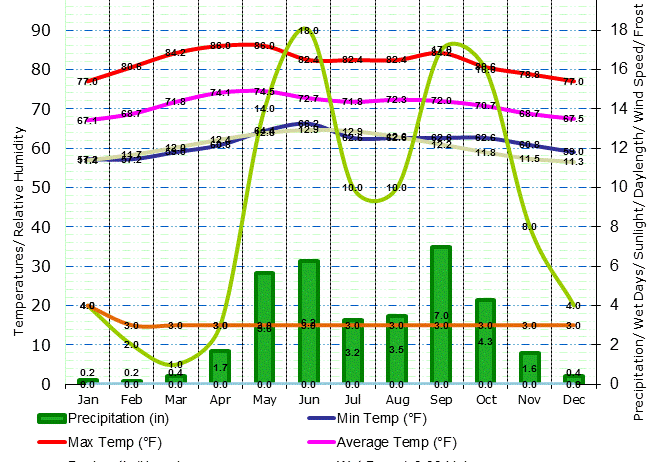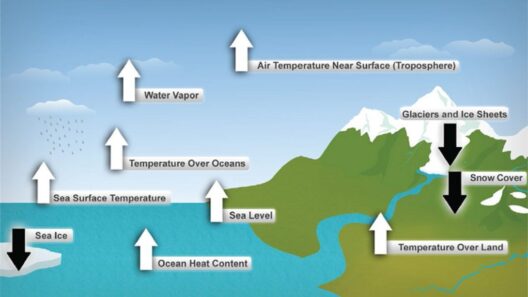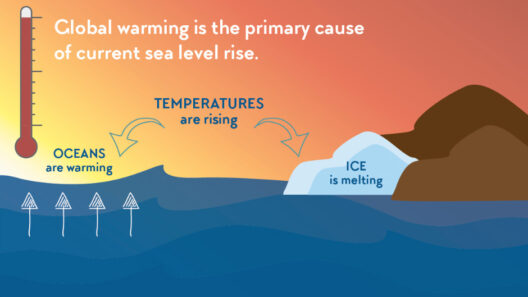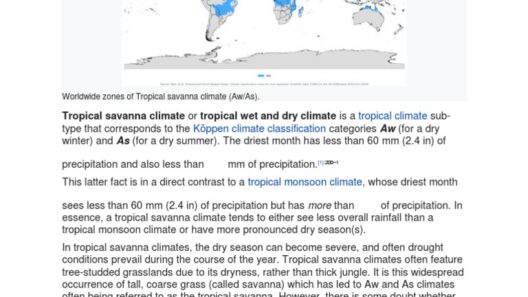Honduras, a nation nestled in the heart of Central America, presents an intriguing tapestry of climatic conditions that reflect its tropical latitude and diverse topography. The predominant climate, classified as tropical, stems from its geographical position, flanked by the Caribbean Sea to the north and the mountainous regions that stretch inland. This distinct climate configuration births a myriad of microclimates across the nation, each contributing to the lush biodiversity and vibrant ecosystems that characterize Honduras.
Tropical climates are known for their warmth and humidity, but the climate in Honduras is not solely defined by these characteristics. The country experiences a tropical rainforest climate in its lowland regions, particularly in the coastal areas and valleys, where temperatures can soar to an average of 30°C (86°F) year-round. However, the higher elevations in the interior yield a milder and more temperate climate. In the mountainous regions, such as the Celaque National Park, temperatures can drop significantly, offering a refreshing contrast to the warmth of the coastal areas.
The Caribbean breezes that sweep across Honduras play a pivotal role in modulating the climate. These winds not only bring relief from the sweltering heat but also contribute to the region’s rainfall patterns. The interplay between the land and sea creates a unique climatic dance, leading to increased moisture in the air, particularly during the wet season, which runs from May to October. This period is marked by heavy rainfall, often resulting in some areas receiving over 2,000 mm (78 inches) of precipitation annually. The lush vegetation and rich agricultural soils thrive under these conditions, fostering a landscape that is as rich in biodiversity as it is in culture.
One of the defining features of Honduras’s tropical climate is the occurrence of distinct wet and dry seasons. While the dry season spans from November to April, it does not mean a complete cessation of precipitation. Instead, this period often witnesses sporadic showers, interspersed with abundant sunshine. This climatic rhythm aligns harmoniously with agricultural cycles, allowing farmers to plan their planting and harvesting strategies effectively. The reliance on the seasonal rains underscores the intimate relationship between the climate and the livelihoods of the Honduran populace.
However, the tropical climate of Honduras is not without its challenges. The erratic nature of rainfall, exacerbated by climate change, has led to increased frequency and intensity of extreme weather events, including hurricanes and tropical storms. These phenomena pose significant threats to both human and ecological communities. For instance, Hurricane Mitch in 1998 devastated vast tracts of land and triggered landslides that displaced thousands of residents. Such events highlight the urgent need for enhanced resilience to climate impacts and sustainable development practices that can mitigate these risks.
As one explores the various regions of Honduras, it becomes evident that the tropical climate fosters a extraordinary diversity of flora and fauna. The rainforests are home to unique species such as the scarlet macaw and the endangered jaguar, while the coral reefs off the Caribbean coast boast a stunning array of marine life. The interplay of warm temperatures, moisture, and sunlight cultivates an environment that teems with life. These ecosystems are crucial not only for their ecological functions but also for the cultural heritage of the people who inhabit these regions. The preservation of such biodiversity is integral to the sustainability of Honduras’s natural resources.
In the context of climate change, a shift in perspective is necessary. Rather than viewing climatic phenomena as mere weather patterns, it is essential to recognize them as interwoven elements of a complex web of life. Understanding the intricate relationships between climate, geography, and ecology can enhance our appreciation of this beautiful country and, by extension, the planet itself. For instance, the rich biodiversity preserved in Honduras’s natural parks can serve as a blueprint for conservation strategies worldwide, demonstrating that sustainable practices do not have to compromise economic development.
Local communities play a critical role in preserving the delicate balance of Honduras’s ecosystems. Through traditional knowledge and practices, many indigenous groups have maintained a harmonious relationship with their environment, demonstrating how cultural heritage can inform contemporary approaches to environmental stewardship. Engaging these communities in climate adaptation efforts fosters resilience and ensures that their voices are at the forefront of discussions on climate policy.
As the world grapples with the realities of climate change, the experience of Honduras offers invaluable lessons. The tropical climate, characterized by its warmth, humidity, and the influence of Caribbean breezes, creates both opportunities and challenges for its people. Embracing the intricate relationship between climate and culture can inspire innovative solutions that bridge the gap between tradition and modernity. Enthusiasts of the environment are encouraged to delve deeper into the climatic nuances of Honduras, exploring its vibrant ecosystems, and recognizing the profound interconnections that shape our world.
Ultimately, understanding the climate of Honduras is not merely an academic exercise; it serves as a call to action. Every region, every climate, every ecosystem holds a piece of the puzzle in our quest for sustainable living. By broadening our perspectives and fostering curiosity about the diverse climates that blanket our planet, we can embark on a collective journey toward a more resilient and sustainable future for all.








